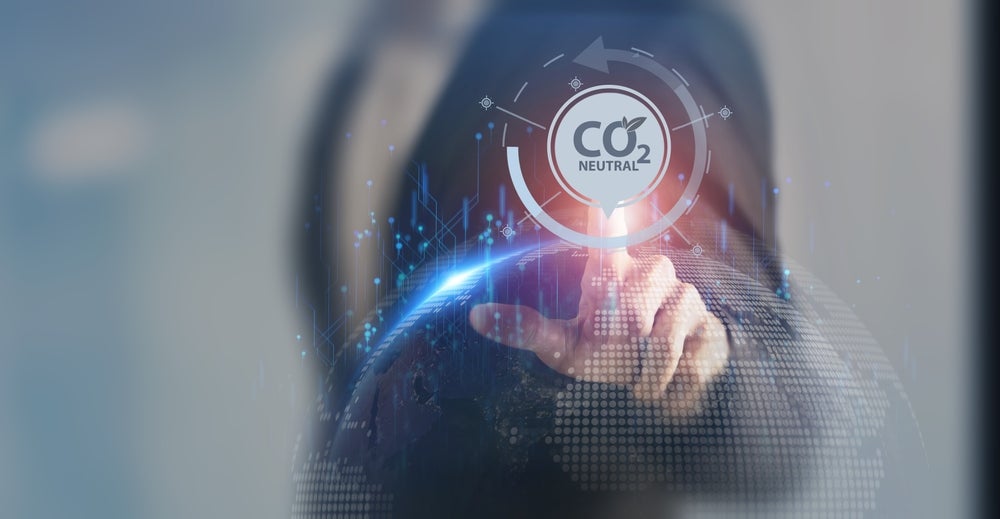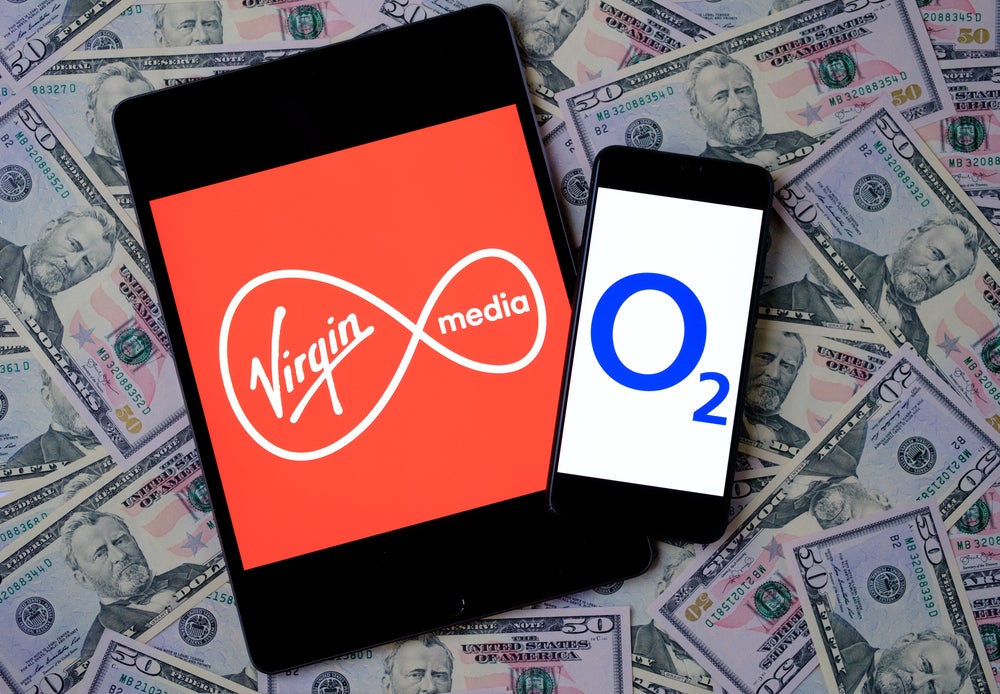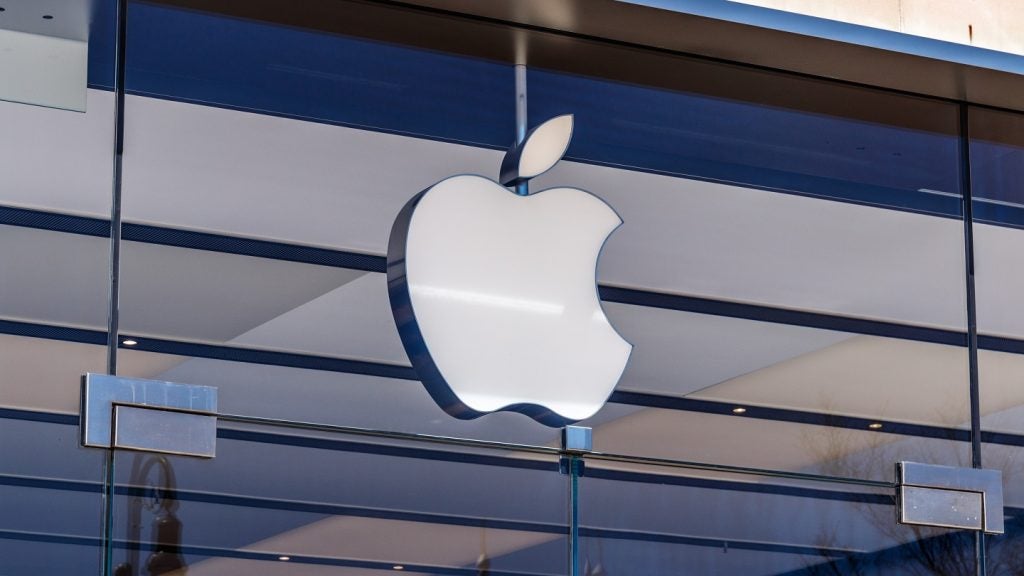Ever since it emerged that the New Zealand capital Wellington had created a digital twin of the city to allow its residents, local government, city planners, and engineers to see the impacts of climate change, it seemed that digital twins would play a major role in helping tackle the growing environmental challenge.
Wellington was one of 15 innovative initiatives awarded $1m in the recent Bloomberg Mayors Challenge to help address climate change worldwide. The money will support the development of a video game-like version of the city.
From a screen, users will be able to travel back to the city’s past and into the future, seeing models based on the latest scientific projections. They will be able to see what protections against rising tides will look like and their cost. Such simulations will enable citizens to see the impacts of climate change in their city, which could encourage citizen engagement and input to help the city’s council devise and implement a climate adaptation strategy.
Big Tech gets involved
Alongside the Wellington initiative, Big Tech companies like NTT DATA and Microsoft are already showing a keen interest in tackling climate concerns. For example, NTT Data recently launched an energy efficiency and sustainability solution together with Microsoft partner e-Magic. The solution uses Azure digital twin technology and seeks to reduce carbon footprint and increase efficiency.
It wants to use digital twins to provide organizations with the ability to model the real world and connect enterprise and Internet of Things (IoT) data at the edge of their digital twins in the cloud.
NTT Data sees the collaboration between e-Magic, itself, and Microsoft as enabling them to create long-term sustainability roadmaps to help their clients reach carbon net-zero emissions while also reducing costs, creating new products and services, and improving operational efficiency and employee experience.
How well do you really know your competitors?
Access the most comprehensive Company Profiles on the market, powered by GlobalData. Save hours of research. Gain competitive edge.

Thank you!
Your download email will arrive shortly
Not ready to buy yet? Download a free sample
We are confident about the unique quality of our Company Profiles. However, we want you to make the most beneficial decision for your business, so we offer a free sample that you can download by submitting the below form
By GlobalDataIt all starts with the data
The companies’ solution starts with a foundation of measuring energy consumption to deliver real-time visibility. By integrating meters, sensors, systems, devices, enterprise resource planning (ERP), and more into a single view, the goal is for the companies’ clients to be able to see their impact in near real-time, track their energy performance, and use the acquired insights to reduce their carbon footprint. Having real-time data sources connected to digital twins means organizations can move away from manually consolidating data into spreadsheets or collecting data from different disparate systems.
Once a client can view their energy usage patterns, the next step is understanding how efficiently assets and equipment are performing in their environment. The analytical insights provided by digital twins and historical data should allow for fault detection and the diagnosis of operational equipment, which can identify issues that waste energy, prevent maintenance, minimize equipment downtime, and prolong the life of an asset.
E-Magic argues that the new solution helps solve the problem of data silos, which create blind spots that prevent organizations from seeing if their systems are running efficiently or sustainably. And if they are not, then the solutions can explain the reasons why. The company believes the data has been there, but until now, there has not been a solution that allows for measurement across the value stream within an enterprise. As exciting as it sounds, this is probably not a silver bullet solution that will turn the tide on climate change. But like Wellington’s initiative, it is one of several climate change applications that together might ultimately help make a difference. The likelihood is that digital twins will be at the heart of many of them.









Related Company Profiles
NTT DATA Corp